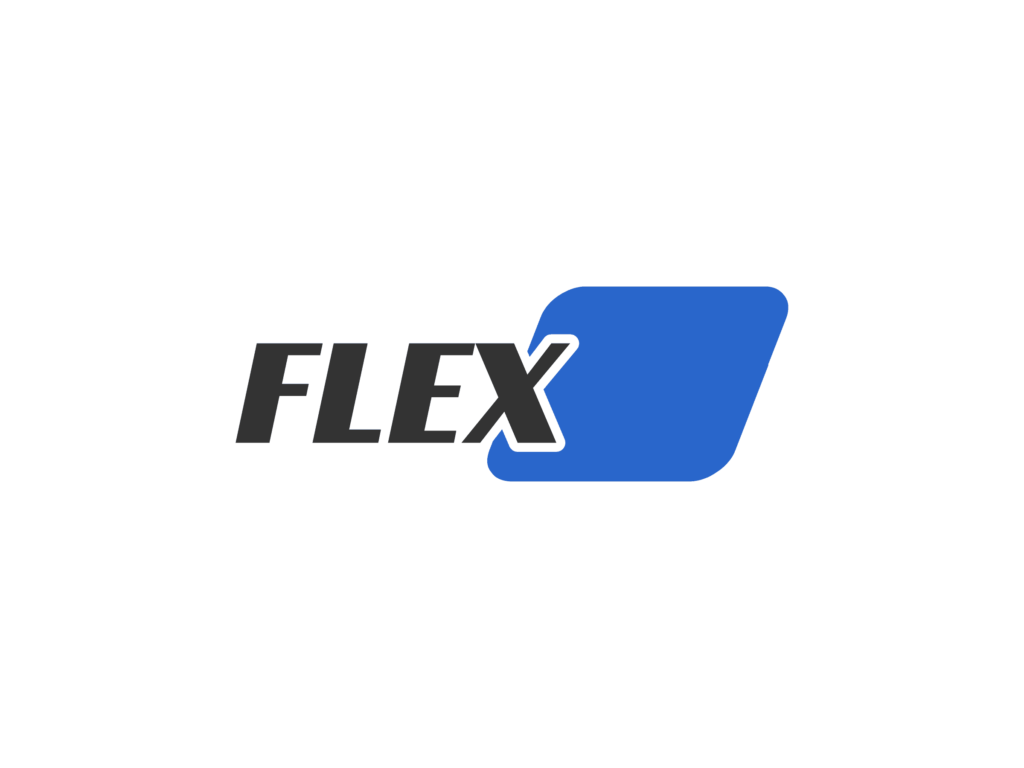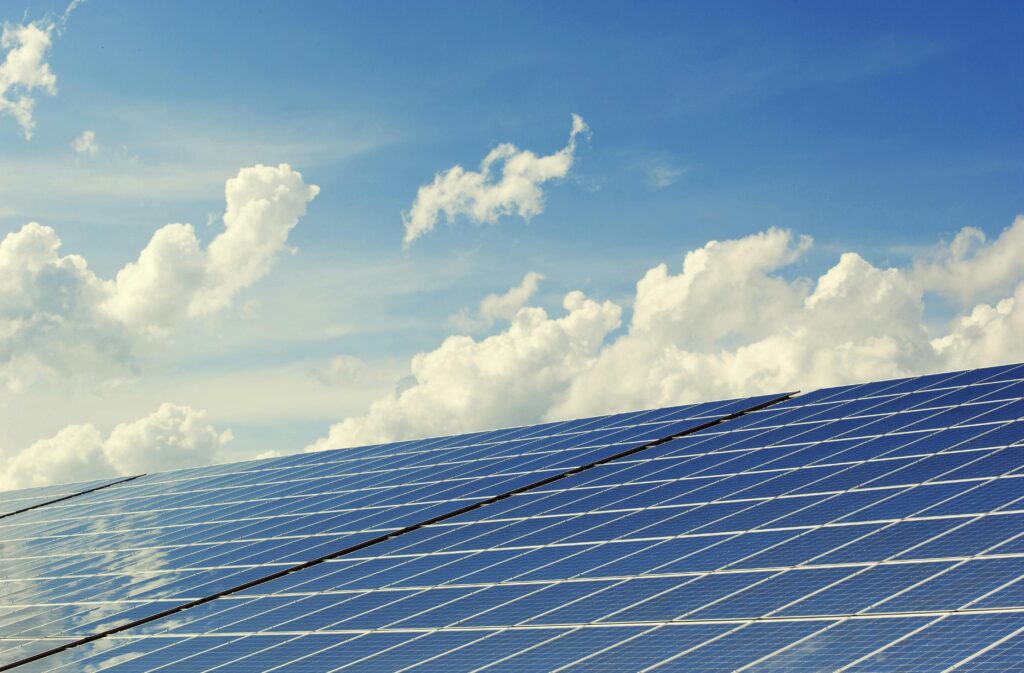In an effort to promote the use of renewable energy sources and to make sustainable home improvements more accessible to homeowners, the U.S. government offers the Residential Clean Energy Credit. This tax incentive is designed to encourage the adoption of solar, wind, geothermal, and other renewable energy technologies in residential properties. Here’s an in-depth look at how this credit works, who qualifies, and how you can benefit from it.
What is the Residential Clean Energy Credit?
The Residential Clean Energy Credit, previously known as the Residential Energy Efficient Property Credit, provides a tax credit to homeowners who install eligible energy-generating systems in their primary residences or second homes. The credit covers a significant portion of the costs associated with the purchase and installation of these systems.
Eligible Technologies
The credit applies to the following clean energy technologies:
- Solar panels (photovoltaic systems): For generating electricity.
- Solar-powered water heaters: The system must be certified for performance by the Solar Rating Certification Corporation or a similar entity endorsed by the state government.
- Wind turbines: Small wind energy systems.
- Geothermal heat pumps: Must meet federal Energy Star criteria.
- Fuel cells: Must have a minimum capacity of 0.5 kilowatts and achieve at least 30% efficiency.
Credit Details
As of 2022, homeowners can claim:
- 30% of the cost of eligible systems installed between 2022 and 2032.
- The percentage decreases slightly in subsequent years: 26% for systems placed in service in 2033 and 22% for those in 2034.
- There is no upper limit on the amount of the credit for most technologies, except for fuel cells, which have a limit based on power capacity.
How to Claim the Credit
To claim the Residential Clean Energy Credit, homeowners must file IRS Form 5695 with their tax return. They should calculate the credit on Part I of the form, which involves detailing the costs of purchasing and installing eligible technology. For detailed guidance on how to fill out this form and claim your credit, refer to the instructions provided by the IRS for Form 5695, which can be accessed directly through the IRS website.
Benefits of the Credit
The Residential Clean Energy Credit not only helps reduce the initial financial burden of adopting renewable energy technologies but also contributes to long-term savings on energy bills. By reducing dependence on non-renewable energy sources, these technologies also help lower greenhouse gas emissions, thereby supporting broader environmental conservation efforts.
IRS Citation and Further Reading
For further details about the credit, including updates and additional guidance, taxpayers are encouraged to refer to the IRS website and the specific section on Form 5695. This resource provides all necessary information regarding eligibility, claiming process, and benefits directly from the official tax authority.
Conclusion
The Residential Clean Energy Credit is a valuable opportunity for homeowners to invest in renewable energy solutions that benefit both their finances and the environment. As technology progresses and more homeowners participate, this incentive plays a pivotal role in the transition toward a more sustainable and energy-independent future.
Need Assistance with Your Clean Energy Tax Credit? Contact Flex Tax and Consulting Group!
If you have any questions about the Residential Clean Energy Credit or need help with your tax planning and filings, don’t hesitate to contact us at Flex Tax and Consulting Group. Our team of tax professionals is ready to provide you with expert advice and assistance to ensure you maximize your benefits. Reach out to us today at 415-860-6288 and [email protected] to make your clean energy transition smoother and more affordable!
Reference:
- IRS Form 5695, Residential Energy Credits
- IRS Publication 5307, Tax Reform Basics for Individuals and Families
- Direct link to the IRS page for Form 5695 and its instructions: IRS Form 5695.


